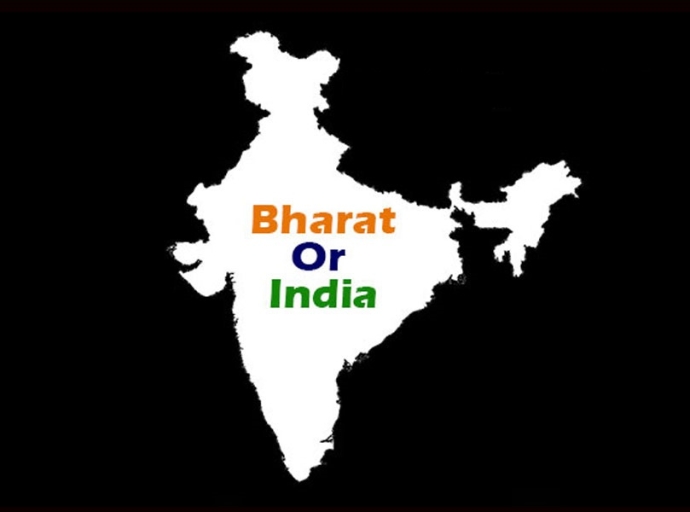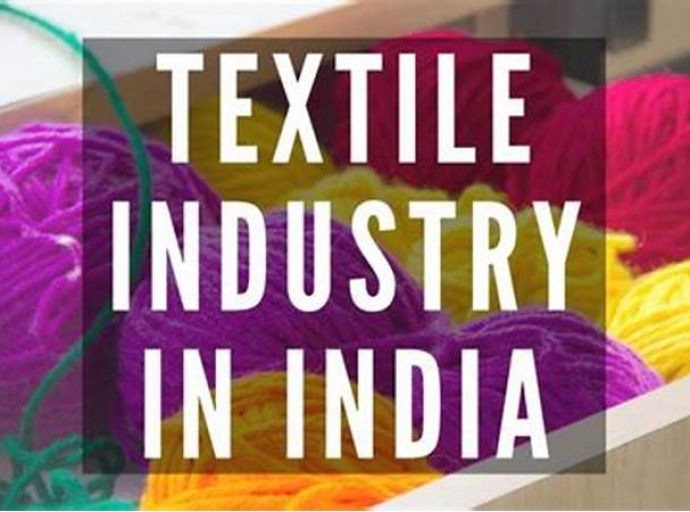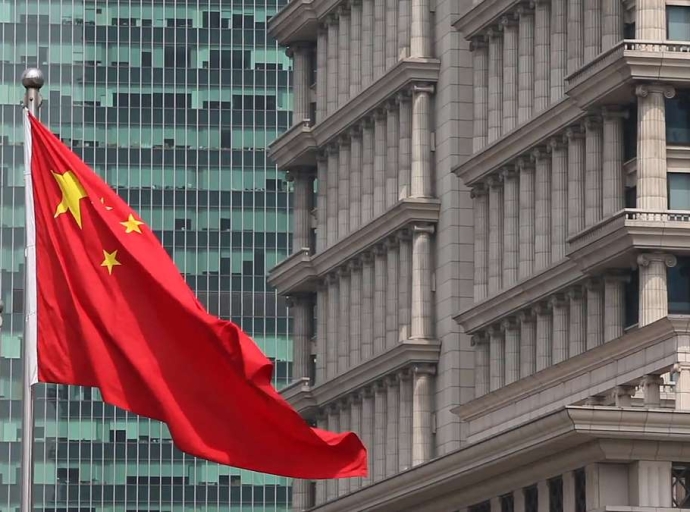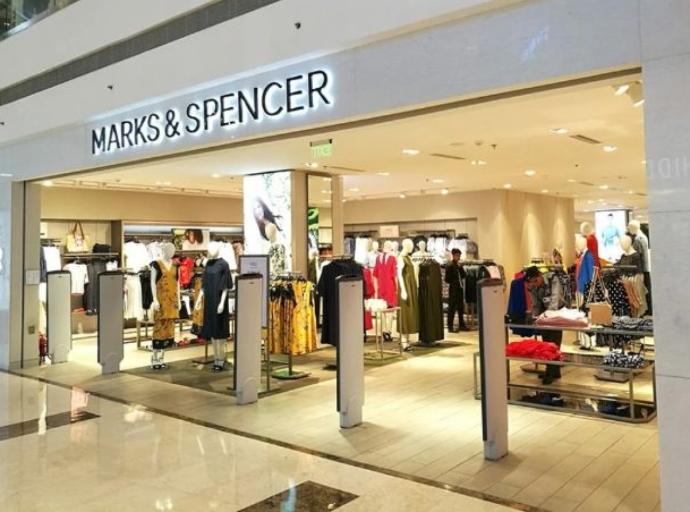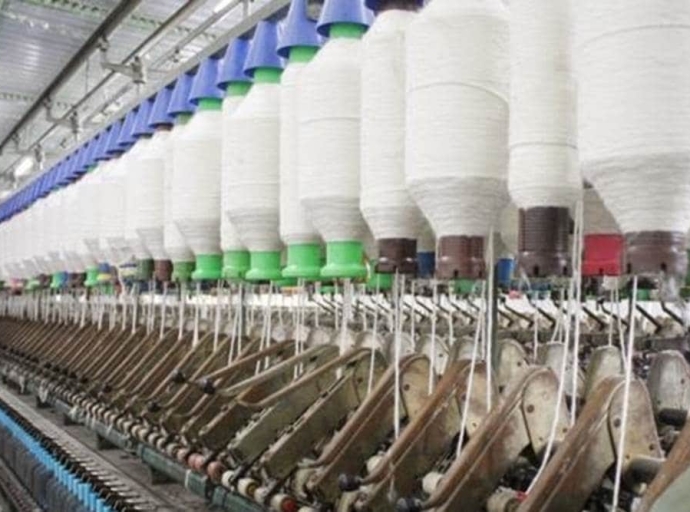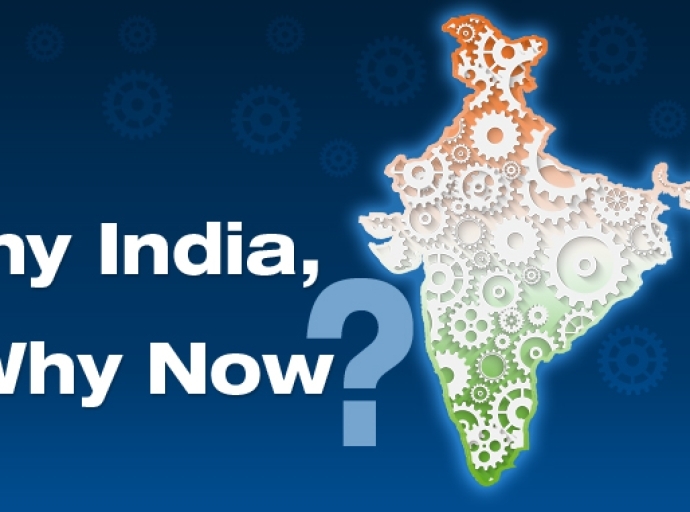21 November 2023, Mumbai
Diwali, the festival of lights, is traditionally a time for increased spending in India, with sales across various categories, including garments, receiving a boost. However, the 2023 Diwali season, which concluded on November 12, has left representatives of the garment sector feeling disappointed with the lackluster sales performance.
Garment Sales Fail to Shine
Rahul Mehta, Chief Mentor of the Clothing Manufacturers Association of India (CMAI), expressed his disappointment with the overall performance of the garment retail sector during Diwali 2023. He noted that this year's sales were the weakest since the COVID-19 pandemic began.
Mehta questioned why garment sales did not experience the same growth as other categories, such as FMCG products, domestic appliances, automobiles, and personal devices.
He hypothesized that consumers might have prioritized social and religious aspects of the festivities, leading to increased spending on home upgrades, gold and silver purchases, and entertainment.
Another possibility, according to Mehta, is that impulsive garment purchases throughout the year have resulted in well-stocked wardrobes, eliminating the need for new clothing during Diwali.
Bhivandi Powerloom Industry Takes a Break
The Bhivandi powerloom industry, which caters to the domestic garment market, is taking a 20-day holiday this month due to the sluggish demand that has affected the entire textile value chain, including cotton farmers, ginners, and spinning mills.
In contrast to 2022, when Diwali clothes and footwear sales surged by almost 97% compared to 2021, the 2023 Diwali season saw sales in the single digits.
Inflation Dampens Spending
India's rising inflation, currently at 5.4%, is expected to continue throughout the fiscal year 2023-24. This represents a 0.3% increase from the previous year.
A YouGov India survey revealed that only 31% of urban Indians planned to increase their spending during Diwali 2023, down from 36% in 2022. Among those who intended to spend more, 68% indicated that they would allocate their increased spending towards new clothes. However, post-Diwali figures suggest that these intentions did not translate into actual purchases.
Deepa Bhatia, General Manager of YouGov India, attributed the subdued spending behavior to the rising cost of living. She emphasized that discretionary spending, including garments, is likely to be adversely affected by inflation.
CAIT's Conflicting Narrative
The Confederation of All India Traders (CAIT) presents a different perspective on the Diwali 2023 market performance. In a statement, CAIT claimed that retail markets across India registered record sales of Rs 3.75 lakh crore during the entire festive season, encompassing Navratri, Durga Puja, and Diwali.
They further projected an additional Rs 50,000 crore in sales from upcoming festivals like Govardhan Pooja, Bhaiya Dooj, Chhath Pooja, and Tulsi Vivah.
CAIT Secretary General Praveen Khandelwal also highlighted the significant reduction in sales of Chinese goods during the Diwali season, estimating a loss of over Rs 1 lakh crore. This decline is attributed to a preference for Indian-made festive products.
Epilogue
While the overall festive season witnessed record sales across various sectors, the garment retail industry experienced a mixed bag of results.
Despite intentions to increase spending, garment sales failed to meet expectations, raising concerns among industry representatives.
5 key insights :
-
Garment sales fall during Diwali 2023.
-
Social spending prioritizes over new clothes.
-
Inflation dampens discretionary spending.
-
CAIT reports record festive season sales.
-
Indian-made products gain preference.
Latest Textile Events

